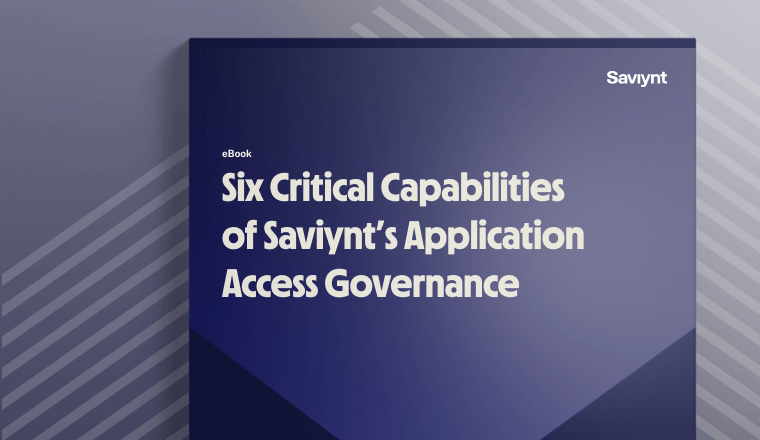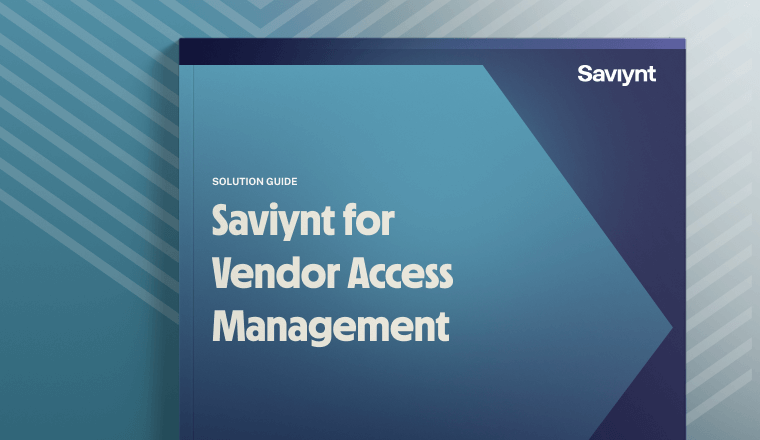What is Enterprise Resource Planning (ERP)?
What is Enterprise Resource Planning and Management?
Enterprise resource planning (ERP) is a type of software that helps organizations manage and integrate various business processes and functions, such as finance, accounting, human resources, procurement, supply chain management, and project management. The goal of resource planning for enterprises is to enable the use of a single, integrated system to manage and optimize their business processes, rather than using multiple, disconnected systems.
ERP systems are designed to be flexible and scalable. They can be customized to meet the specific needs of different types of organizations and industries. ERP systems typically include a range of modules that can be used to manage different business processes. For example, a finance module might include tools for managing accounts payable and accounts receivable, while a human resources module might include tools for managing employee records and benefits.
Overall, enterprise resource planning (ERP) systems can be a valuable tool for organizations looking to streamline their business processes and improve efficiency. By using a single, integrated system to manage different business functions, organizations can improve their decision-making, reduce errors, and stay competitive in today’s fast-paced business environment.
Choosing and Customizing an Enterprise Resource Planning (ERP) System
There are many different ERP vendors and systems available on the market, and organizations should carefully consider their options before choosing an ERP system. Factors to consider might include the size and complexity of the organization, the type of business processes that need to be managed, and the budget available for the ERP system.
Implementing an ERP system is a complex and time-consuming process. Organizations should be prepared to devote significant resources to the project such as hiring experienced ERP consultants and trainers, as well as providing ongoing support and maintenance for the system.
Some common implementations of Enterprise Resource Planning management systems include:
- Financial management: ERP systems can be used to manage financial processes such as accounts payable and accounts receivable, as well as budgeting, forecasting, and financial reporting.
- Supply chain management: ERP systems can be used to manage the flow of goods and materials through an organization, including procurement, production planning, and inventory management.
- Human resources: ERP systems can be used to manage employee records, benefits, and payroll.
- Project management: ERP systems can be used to manage projects and resources, including project planning, scheduling, and budgeting.
- Customer relationship management: ERP systems can be used to manage customer interactions and data, including sales and marketing, customer service, and support.
- Manufacturing: ERP systems can be used to manage the production process, including materials management, production scheduling, and quality control.
- Retail: ERP systems can be used to manage the sale of goods and services, including point-of-sale transactions, inventory management, and order processing.
- Healthcare: ERP systems can be used to manage healthcare-specific processes such as patient records, billing, and insurance.
These are just a few examples. The specific modules and features of an ERP system will depend on the needs of the organization and the type of system being used.
Enterprise Resource Planning (ERP)’s Business Impact
One of the main benefits of ERP systems is that they can help organizations streamline their business processes and improve efficiency. By using a single, integrated system to manage different business processes, organizations can avoid the need for multiple, disconnected systems, which can be time-consuming and error-prone. ERP systems can also help organizations improve their decision-making by providing real-time data and analytics.
Here are some of the benefits your business can expect from an ERP system:
- Improved efficiency: By using a single, integrated system to manage multiple business processes, ERP systems can help organizations streamline their operations and reduce the time and resources needed to complete tasks.
- Streamlined decision-making: ERP systems can provide real-time data and analytics, which can help organizations make more informed decisions.
- Increased collaboration: ERP systems can facilitate communication and collaboration between different departments and teams, helping to break down silos and improve coordination.
- Improved customer service: ERP systems can help organizations manage customer interactions and data, leading to improved customer service and satisfaction.
- Cost savings: By streamlining business processes and improving efficiency, ERP systems can help organizations reduce costs and improve profitability.
However, it’s important to reiterate that implementing an ERP system can be a complex and time-consuming process, and it requires a significant investment of resources. It’s important for organizations to carefully consider their needs and goals before deciding whether an ERP system is the right fit for them.
How Saviynt’s Enterprise Identity Cloud Works With ERP Systems
The Saviynt Identity Cloud is a converged cloud identity platform designed to help protect all the organizational data managed by your ERP system. Saviynt integrates with a number of ERP systems, including:

Saviynt’s ERP integrations provide much-needed visibility into user access. While each integration provides some unique functionality, there are some general benefits Saviynt provides:
Satisfy Compliance Requirements
Saviynt automates and enables organizations to satisfy compliance requirements by offering a comprehensive, cutting edge capability in all areas of Application GRC including: SoD Analysis, Role Engineering & Management, Emergency Access Management, Compliant Provisioning, Access Certification and Transaction Monitoring.
Add Critical Governance
Saviynt provides a comprehensive out-of-box Separation of Duty (SoD) ruleset that has been tailored for your ERP system. The ruleset comes with risks or toxic combinations of fine-grained ERP entitlements such as responsibilities, menus, functions, sub menus, etc. that should not belong to the same user. Saviynt features a tightly coupled mitigating control management for SoD risks that need to managed or remediated over time.
Go Beyond SoD to Full Lifecycle
- On-demand simulation of SoD and impact analysis when user’s responsibilities are altered
- Ruleset comparison, history, version control
- Delegated administration by user or user groups
- Integration with enterprise GRC controls
- Extensible notification and reporting with ability to export reports in Excel, PDF and CSV formats.
- Persona-based, customizable dashboard
Proactively Prevent Proliferation Of Toxic Combination Of Access
Not only is it important to get rid of SoD violations in your environment, it is also essential to ‘stay clean.’ Saviynt can seamlessly integrate with any 3rd party access request or ticket management system (or with built-in Access Request System) via RESTful APIs to perform on-demand SoD simulation. This prevents any SoD risks from further proliferation while requesting access and providing approvers to make informed decisions.
Access Governance for Privileged and Critical Users in ERP Systems
Saviynt enables automation of access lifecycle management (onboarding, off-boarding) based on requests raised by end users or attribute-based access control (ABAC) policies for ERP systems. Saviynt also includes a risk-based access certification / attestation system to perform periodic or event-based review of users’ access. Saviynt has a built-in dynamic risk analytics engine that identifies users with excess or privileged / sensitive responsibilities as compared to peers. Saviynt can then enable ad-hoc review of such access and privileged activity to ensure optimal security and compliance at all times.
Saviynt’s Enterprise Identity Cloud
Saviynt’s Identity Cloud is built in the cloud, for the cloud, and is the only FedRAMP-authorized SaaS solution for Identity Governance and Administration (IGA) and Privileged Access Management (PAM). Saviynt Identity Cloud is a modular, converged cloud platform developed entirely in-house using a single code base without bolted-on solutions from third-party acquisitions. Each solution can operate independently, allowing customers to select the module that suits them – and integrate Identity Cloud with existing solutions as needs change over time.
Resources

.png)
